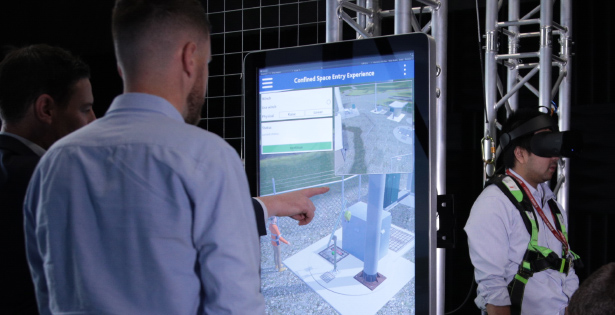Virtual Reality (VR) Low Voltage (LV) Electrical Safety Rescue Simulation for Utilities and Manufacturing Sectors


Industry partner
Melbourne Water

Research organisation
Deakin University

Manufacturing investment
$1,571,906
($200,000 IMCRC)
for 2020-22
Next-generation of Low Voltage (LV) electrical safety and rescue training
Challenge
Virtual reality permits people to be trained in environments and situations that either do not exist or are otherwise prohibitive to access. Yet, one major challenge to the broader adoption of virtual reality training is being able to provide the necessary physical haptic interaction required for effective training. In the case of LV safety and rescue training, it is important to learn and experience how to safely remove a colleague who may have been electrocuted from a hazardous situation. Unfortunately, this cannot be achieved using off-the-shelf virtual reality technologies today.
Proposed Solution
In collaboration with Deakin University, Melbourne Water will advance the application of virtual reality to train and improve the safety of current and future electrical industry workers.
Over the next two years, a research team led by Associate Professor Ben Horan will develop a new electrical safety simulator that applies advanced robotics and control algorithms to create training scenarios that match the stress and pressure of LV rescue operations. To effectively simulate, for instance, the physical interactions necessary to recuse a colleague who has been electrocuted, the researcher will collaborate with training providers and other stakeholders in the space to better understand their health and safety training needs.
The project proposes a new and innovative way to deliver LV safety and rescue training by reducing, on one hand, the requirement for specialised trainers and inter-instructor variability of the training but also offering, on the other hand, high quality, easily accessible training at a lower cost.
